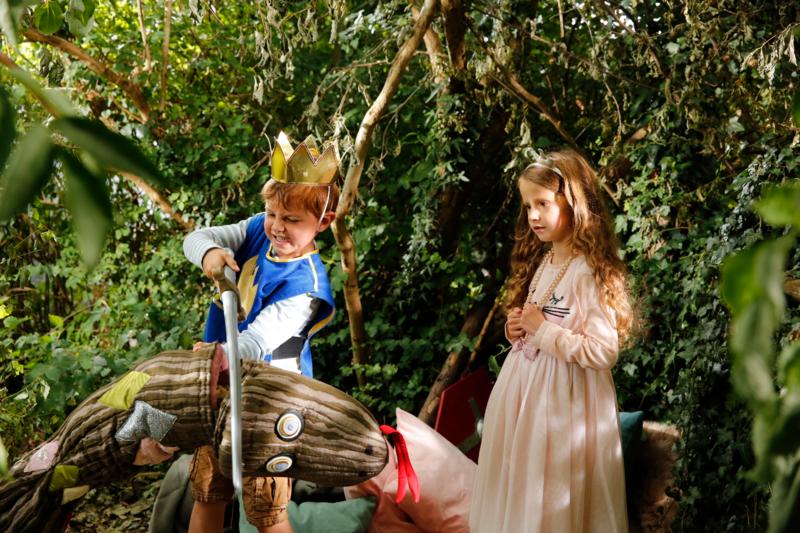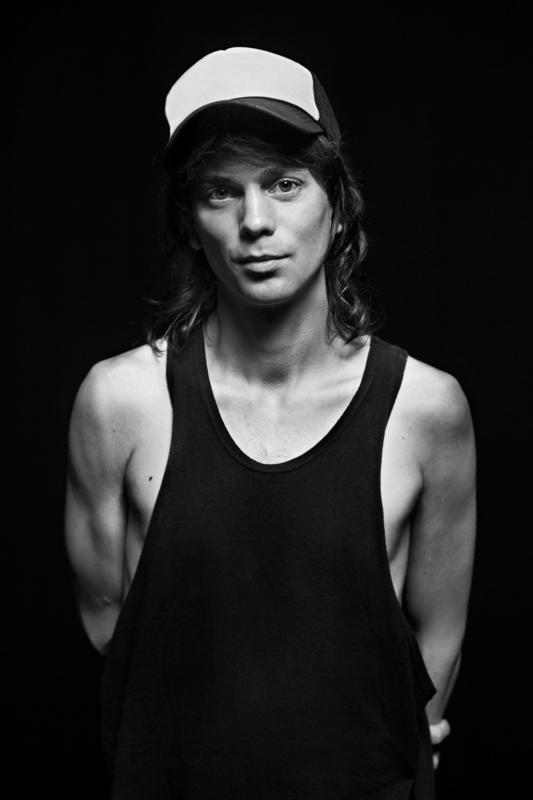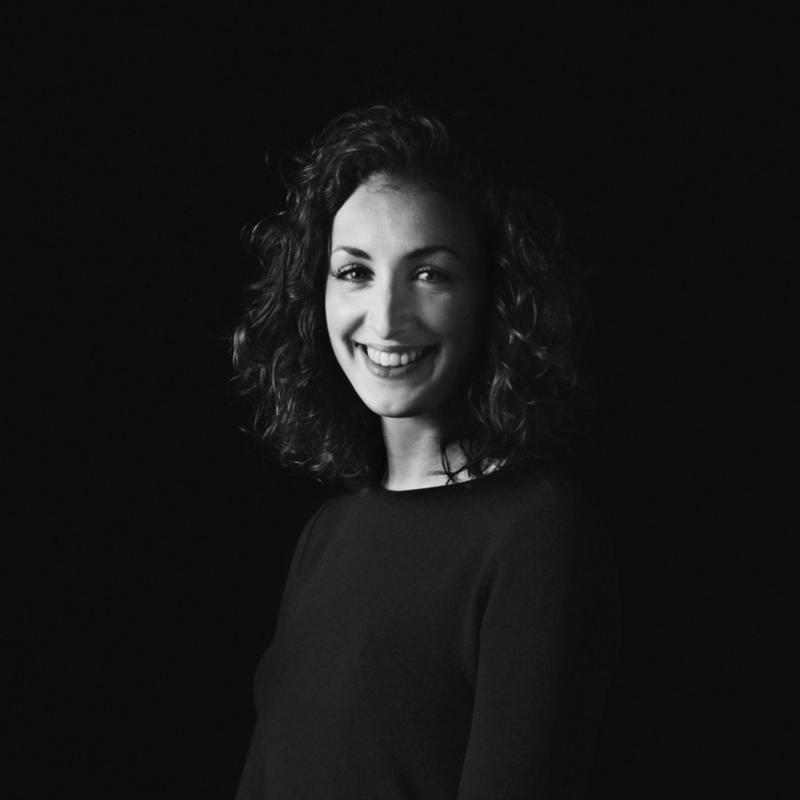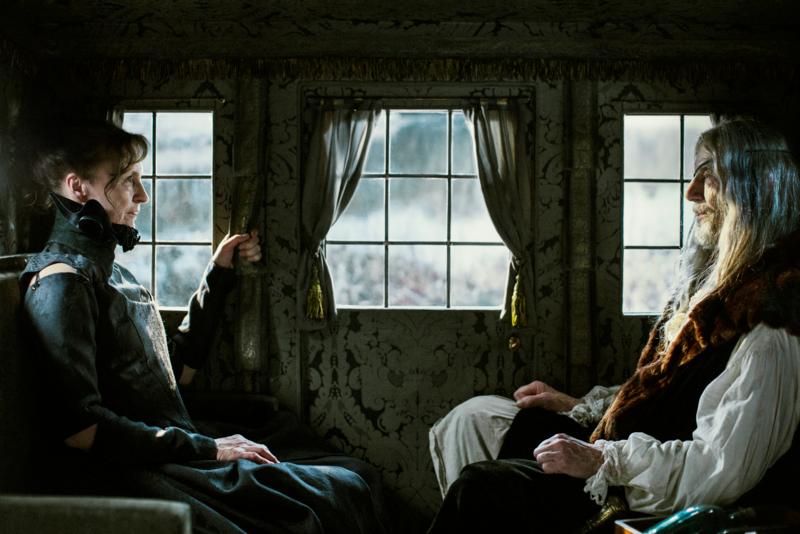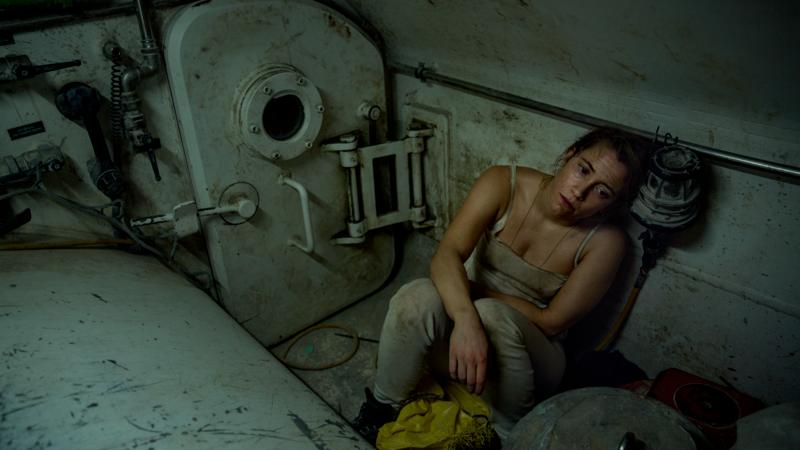
A total of 22 films have been funded to date through the Danish Film Institute’s low-budget efforts, funded under the 2015-18 Film Agreement, to promote talent development in Danish cinema. The outcome? Young talents are getting a head start in feature film-making. There is more experimentation, because the work is driven by passion and the stakes are lower. And new production companies are being set up as well. Filmmakers and administrators alike are delighted.
Mette Damgaard-Sørensen is the artistic director of the DFI’s New Danish Screen talent-development scheme. While New Danish Screen has always worked with low budgets, the recent low-budget efforts have further lowered grant levels. The Skitsen (Sketch) initiative, for one, has a budget cap of around four million kroner (537,000 euros), including development funding.
"The initiative has fostered the courage not to go for the sure thing – both among us, who are awarding the funds, and among filmmakers," Damgaard-Sørensen says.
"That courage is key to the vitality of Danish cinema. The sure thing almost always points back. Courage comes when there’s less money at stake, because the consequences of a film failing are considered less severe. That enables you to make bigger artistic gambles, and I think that’s what we’ve been seeing," she says, mentioning Annika Berg’s 'Team Hurricane,' Christian Tafdrup’s 'A Horrible Woman' and Gustav Möller’s 'The Guilty' as examples of radical narratives.
Passion Drives Performance
Producer Regner Grasten agrees. He was among the first recipients of funds from the low-budget scheme for his children’s film 'Going to School,' the directorial debut of Frederik Meldal Nørgaard.
"The biggest advantage of low budgets is you take more chances because the risk is smaller. Directors don’t break their necks making that kind of film. When a first-time director makes a film for six million kroner, even it’s not a huge hit, but it has something, you go, 'Okay, cool.' If the director makes a film for 13 or 20 million kroner, and it fails, you go, 'Never again, pal.' That’s the danger of directors plunging into neck-breakingly expensive budgets their first time out. Then they get the axe," he says.
The director Kasper Kalle recognises this courage to experiment. With funding from Skitsen, he made his first feature, 'Christian IV,' about Danish King Christian IV’s last journey to Rosenborg Castle.
"It was great to be encouraged to think outside the box," he says. "When a budget is this small, no one expects you to get a mainstream film out of it, and the doesn’t have to sell a lot of tickets or play theatrically nationwide. It loosens up your approach, and you can let your passion drive the work more. For a first-time filmmaker, that’s amazing. When someone waits years to make their first feature, and there are box-office expectations on top of that, fear can take over."

Head Start for New Film School Graduates
To avoid that situation, the low-budget initiative has aimed to give newly graduated filmmakers a chance to make a first feature earlier on – unlike before, when directors often had to prove their mettle by making short films before qualifying for feature-film funding.
"Five to seven years usually pass from the time someone graduates until they make their debut feature," Damgaard-Sørensen says. "We’ve now succeeded in giving a big group of filmmakers a very quick start, so they make their debut within a year or two. That’s a huge advantage, because it gives them the confidence early on that’s key to moving on."
The low-budget initiative has not only provided newly graduated directors, screenwriters and the rest of the crew a chance to try their hand at features, it has also created fertile ground for new production companies.
"A lot of directors and producers want to keep working together after they graduate," Damgaard-Sørensen says. "This has created a new landscape of young producers and strong new production companies. Thanks to their stables of new directors, they play a central role for young talent. We have a new filmmaking environment consolidated on the backdrop of the low-budget initiative, because new producers can get their features through quickly without having to put together complex financing arrangements with new entities. The new companies have an impressive fearlessness and energy when it comes to plunging into new ways of making features and exploring new production and development methods and distribution forms."
A Good Investment
Claudia Saginario of Good Company Films is one producer who has stuck with her directing partner from the Film School. Producing Kasper Kalle’s 'Christian IV,' she’s delighted to have come out of the Film School at a time that focuses on talent development.
"The Skitsen initiative has enabled us to move through the works so quickly that we’ve already made a feature and manifested ourselves in the business. It’s been great," she says.
Saginario also highlights Skitsen’s development process, which gives projects grants of half a million kroner to test out their concepts – from cast and costumes to visuals and workflow.
"Our film is set in a single location measuring less than two square metres, a horse-drawn carriage we built. We knew we had a good story, but we wanted to test whether the concept of staying in the carriage throughout the film would hold up – whether we would’ve exhausted every angle in five minutes or would be able to keep the ball in the air," she says.
Damgaard-Sørensen points to 'Christian IV' as a good example of a tight production concept that was always intended for a low-budget format. Stretching the money is key.
"We used to award grants of 5-6 million kroner. That format roughly allows you to make an ordinary, inexpensive film. But when the amount is lowered to 3-3.5 million, you’re forced to work with radical narrative and production moves. We’re seeing very different ways of doing that," she says, pointing out some obvious examples:
Christian Tafdrup’s 'A Horrible Woman' was shot on location around Copenhagen with a very small crew. Gustav Möller’s 'The Guilty' features one actor in one location, an emergency dispatch centre. Rasmus Kloster Bro’s 'Cutterhead' is set on a construction site for the Copenhagen Metro. And Josefine Kirkeskov’s 'Life Boat' takes place in a life boat on the open sea.
Precision Demands Creativity
As Saginario sees it, tight budgets and concepts have boosted creativity.
"We all knew we had very little money. It was fun to stick to the concept and say, 'We’re not leaving that carriage, now what do we do?' Every department, down to wardrobe and makeup, contributed and worked with what we had," she says.
"When it makes sense for the concept, working within a tight framework is hugely motivating," Kalle adds. "Skitsen does the same kind of thing Dogme did by setting up a framework that forces you to conceive of new ways of storytelling."
In Damgaard-Sørensen’s experience, a tight concept forces the director to hone the story.
"It forces you to make very clear decisions and cut to the core of the project," she says. "Precision is essential to making a good film, and if you’re able to work with the framework to create greater precision, you make a better film. I don’t think working on a low budget is a quality in itself. Some directors need to make their debut on a higher budget because they have a different kind of film inside of them. But it’s harder to lose your way or hide in a low-budget film. You have to be prepared to be pretty exposed. You have to be very aware of what you want to do with your film and what your strength as a team is. That’s a good thing, absolutely, when you don’t have a lot of experience."
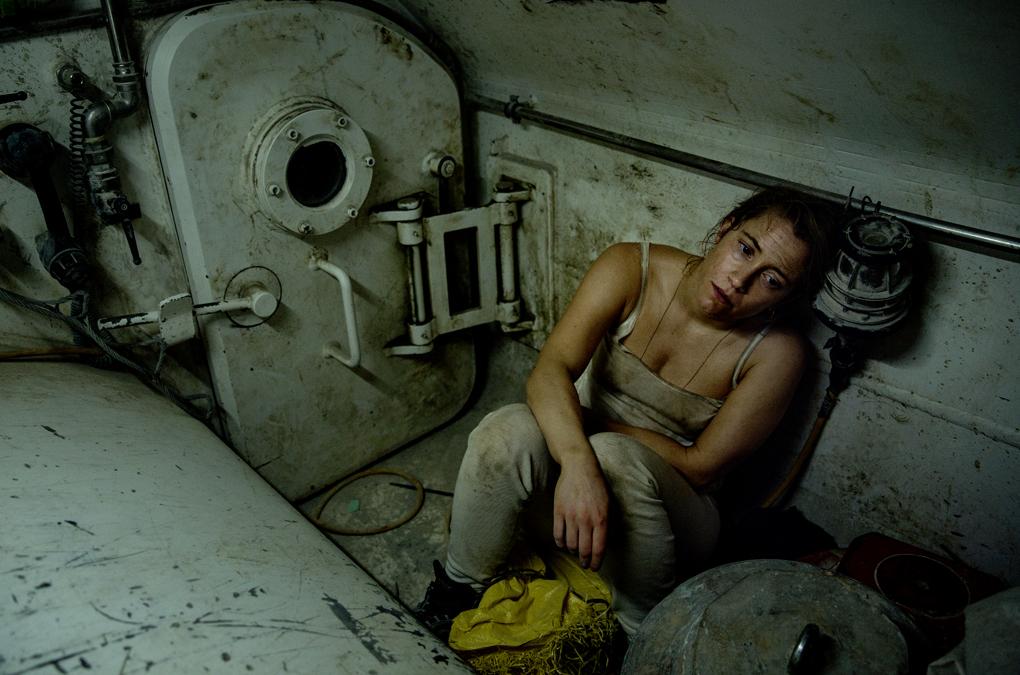
Goodwill-Dependent
Despite their positive experiences, the 'Christian IV' duo agrees that low-budget films do not present a sustainable model down the road.
"It’s very little money to make a feature for," Kalle says. It’s a good way to get started for first-time directors and crews, but people just work more than they are paid for. Awarding the same low funding to directors who have been at it longer would be undercutting the industry."
In Saginario’s opinion, it’s not all roses, either. "You’re dependent on the goodwill of rental houses and post-facilities. It’s great that there is so much support from the industry to help production companies and directors get started on a first feature. That’s what the initiative is for. But you can’t keep working like that."
Rasmus Kloster Bro is currently shooting 'Cutterhead,' whose plot revolves around an accident during the construction of the Copenhagen Metro. The director could see working on a low budget again, if the concept fits the format. The biggest advantage, as he sees it, is the flexibility that comes from not being dependent on a lot of investors.
"When the budget is low, you’re more mobile and you can react more quickly on set. I want to make socially integrating films that are relevant right now. I can’t do that on a three-year time frame. Of course it would be so much better to have a budget of 18 million kroner and a free hand, but realistically, the size of the budget determines the level of risk," he says.
"A low budget sets crazy restrictions. In our case, that meant a very short shoot. Whatever value you put into the film can’t cost anything. We had a great story and a fantastic setting to shoot it in. That doesn’t cost anything. If the value of your film lies in something outside the film’s budget – like a story that, owing to a current societal context, has to be shot right away, like a documentary – and it’s easy to execute, I think the low-budget form can be every bit as relevant for established directors. I’d love to make another one, if I get an idea like that again."


